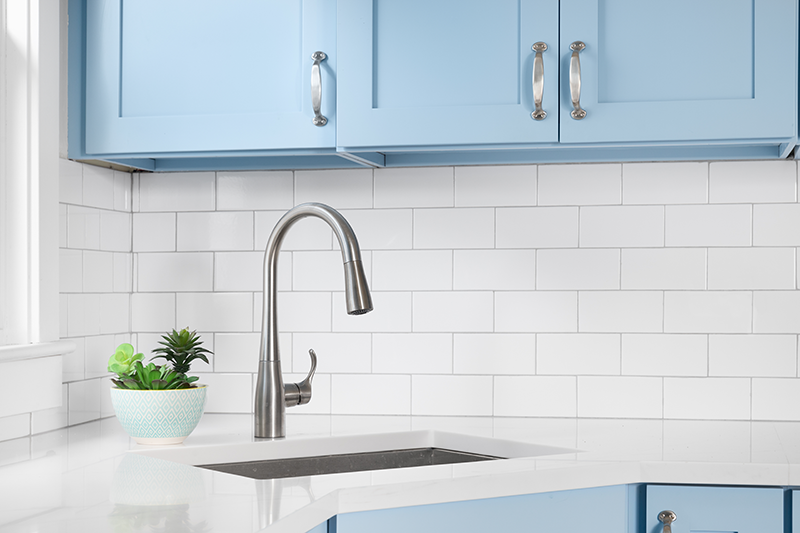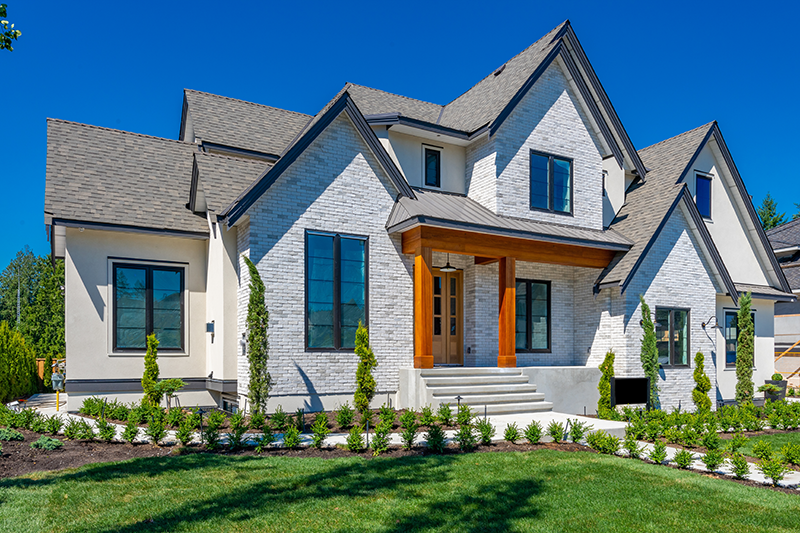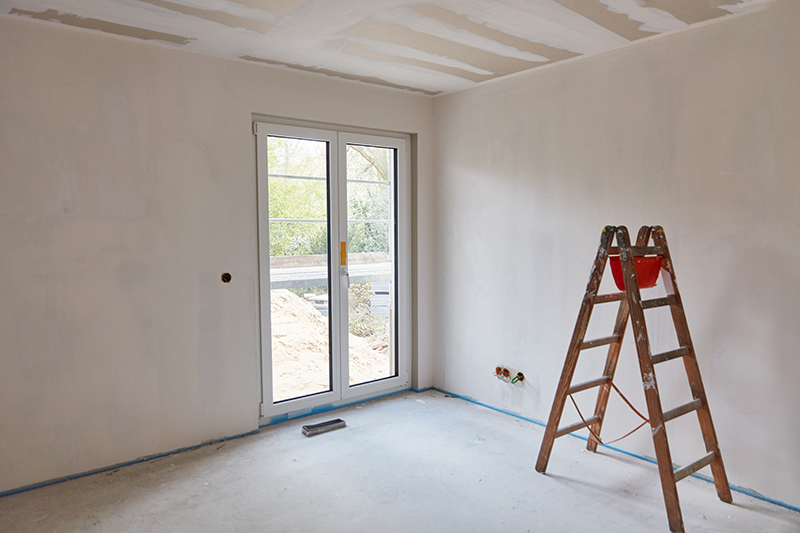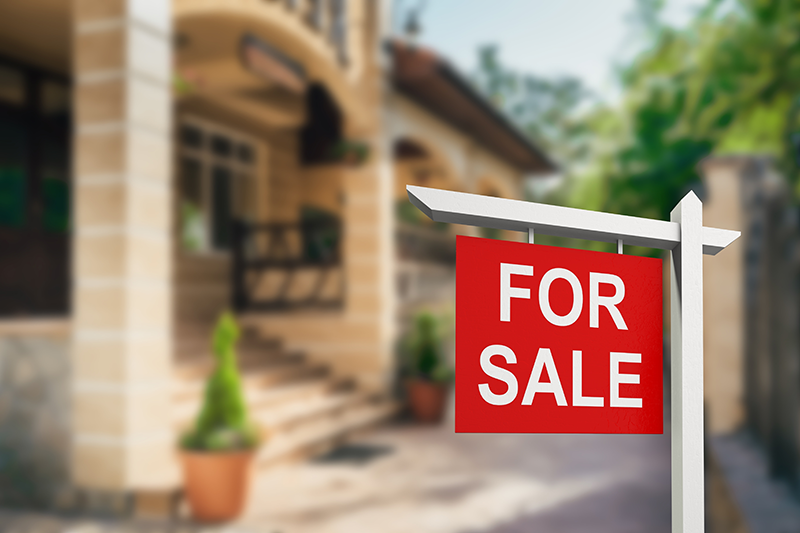Lavastone: Better Than Granite for Countertops?


Granite has ruled the luxury kitchen design world for decades, its popularity surpassing marble, quartz, limestone, soapstone, and other luxury materials quarried from the earth. The whites, grays, blacks, beiges, and browns of stone bring an attractive earthiness to interior design, giving a designer look to any kitchen and bath. But stone has its drawbacks. Most stone must be resealed periodically and cleaned only with compatible products. Some stone is soft and subject to chips and scratches.
One stone stands above the rest in performance: lavastone. While most igneous stones are formed underground, lava is molten rock spewed from a volcanic eruption onto the surface of the earth. As the lava cools, it hardens into lavastone, which can then be “extracted, custom-cut for each order, and glazed with enamel at heat in excess of 1,300 degrees Fahrenheit (1000 Celsius).” Because lavastone is mined from ancient lava eruptions, availability is limited. Consequently, lavastone is the most expensive stone for countertops at approximately $250 to $300 or more per square foot.
Lavastone is known to be more durable than other stones. Once it’s fabricated into a countertop, it can withstand chipping, hot pans, stains, abrasion from cleaners, and the UV rays of the sun.
Any pigment that can be added to ceramics is suitable for lavastone countertops, for a universe of colors. Once the ceramic cools, the smooth, non-porous glaze crackles into distinctive patterns as individual as snowflakes. Choose your color wisely, as your countertops will last for decades.





















